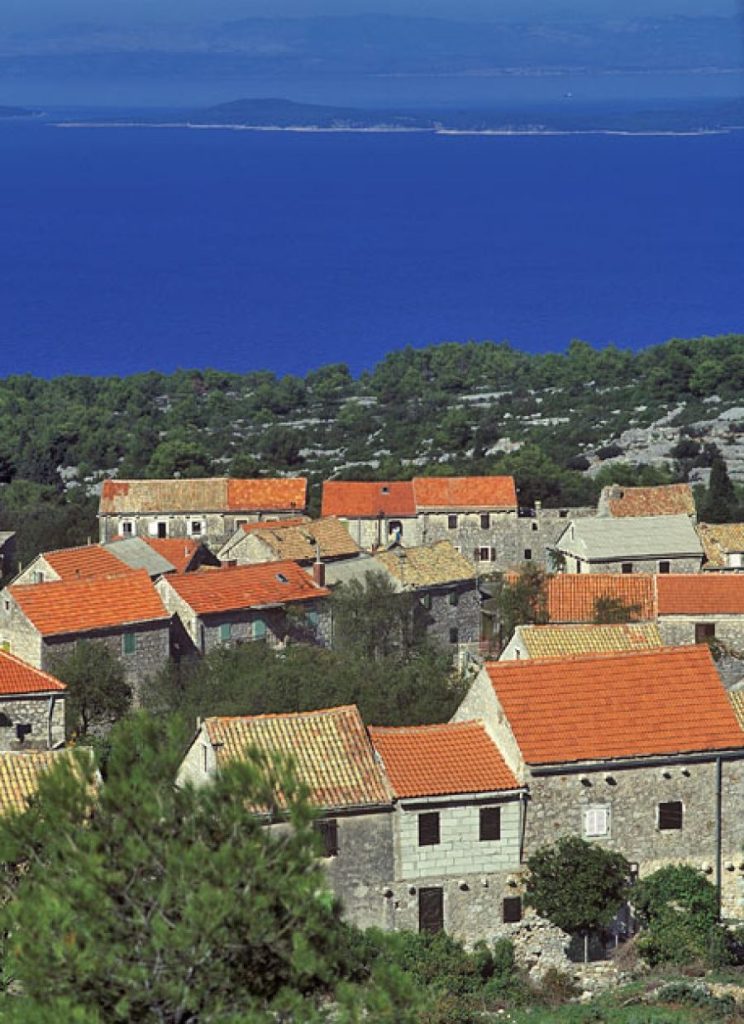Continuing our look at Croatia 2018 European Best Destinations nominee, the island of Hvar, on January 27, 2018, a journey away from the beach to a a world of tradition, nature, legend and gourmet excellence – meet the inland villages of Hvar.
Hvar away from the beach is an extraordinary place, but it is a sad reality that the majority of visitors rarely get beyond the beach and coastal towns and villages. With such gorgeous sun, sea and beaches, one can hardly blame them, but there is so much to see and learn about the island and traditional life by heading into the hills.
The good news is that the popularity of inland Hvar is growing in popularity, thanks largely to tourism initiatives, which have helped upon up this lesser known side of Croatia’s premier island. Jeep safaris are an obvious example of this, and credit must be given to Secret Hvar for their innovative off-road safaris which have opened up this type of Hvar tourism.
So what is there to see in these villages – aren’t they all the same?
Hardly!
Working our way from west to east, we begin with the two fascinating Grablje villages, but for very different reasons. Of all the Dalmatian regeneration stories we have come over the years, few have matched that of Velo Grablje. Once a prosperous village which was the centre of lavender production in all Dalmatia, the village suffered from the mass Dalmatian emigration and was down to just five inhabitants in recent years. There has been somewhat of a revival since then, largely due to the efforts of local NGO Pjover, which has been dedicated to reviving the village’s history and traditions. Its most notable success is the annual lavender festival, but there have been other notable successes, including projects with EU funds, the opening of a fabulous restaurant, even a winter pub and – perhaps most significant of all – the increase of the village population from 5 to 14. It is an idyllic spot, and the lavender in bloom in the nearby fields in June and early July give a visit that extra aromatic sweetness.
Just down the road from Velo (which means Big) Grablje is Malo (Little) Grablje, one of the most intriguing villages in Croatia, entirely abandoned since the 1960s when all the villagers left to move to the coastal settlement of Milna. They even dug up the graves and took their dead with them (and some of the graves in the Malo Grablje cemetery are still open), and the village has been abandoned ever since, apart from one lovely authentic restaurant which operates in season. More intriguingly from the viewpoint of this former real estate agent turned correspondent, Malo Grablje was the only village on Hvar where nothing was ever for sale, despite strong interest. And to make things all the more intriguing, the surname of each property owner is the same – Tudor. Tudor is not the most Croatian-sounding name, but Juventus fans may recognise it as Igor Tudor is from Malo Grablje, but the name has become part of the village’s unlikely legend – that it was founded by an illegitimate son of one Henry Tudor, better known as Henry VIII, after being shipwrecked off the coast of Milna and meeting a local girl washing her clothes nearby. Myth or reality? Who knows, but after a glass of wine and some excellent fish at some of the restaurants, don’t some of the waiters bear a slight British royal resemblance?
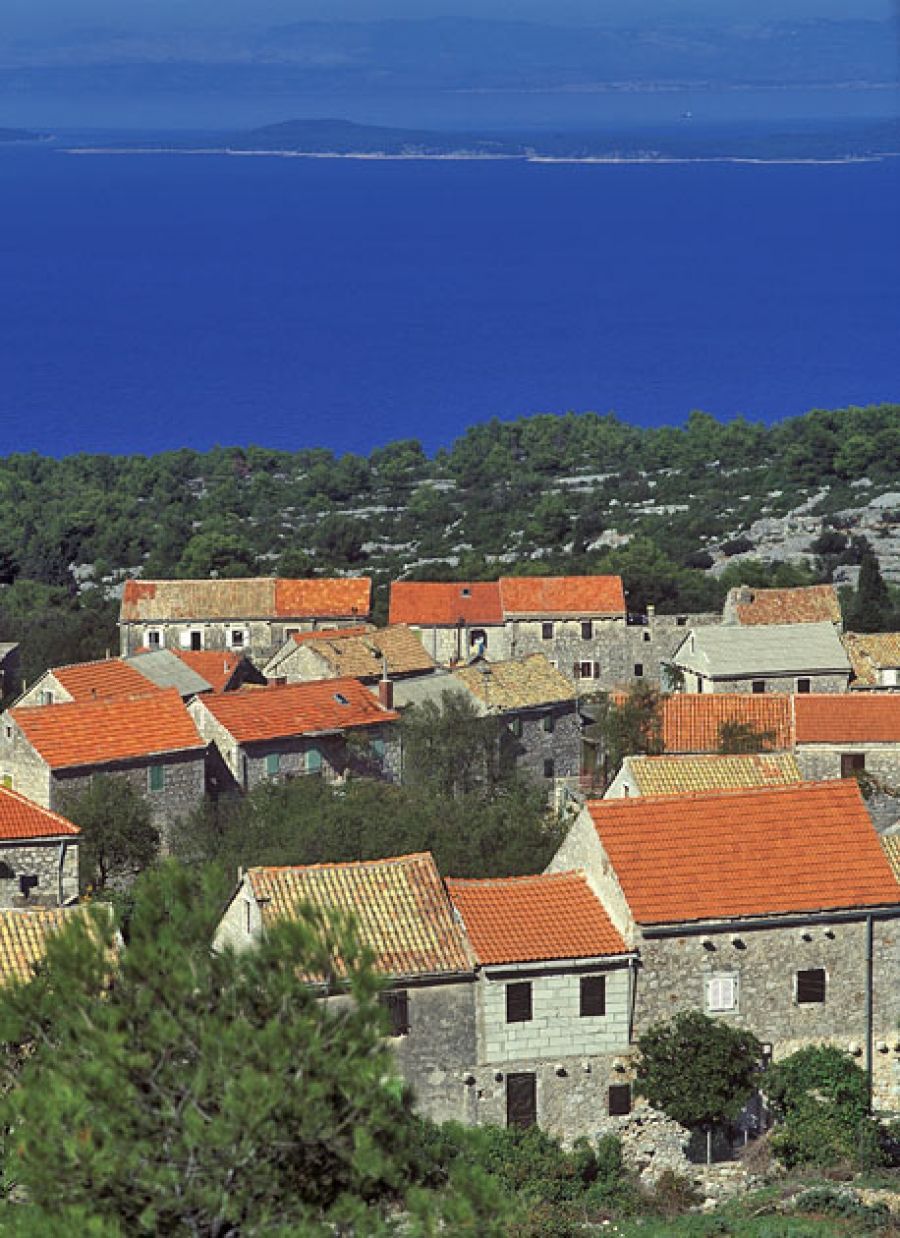
The old road from Hvar Town to Stari Grad has two spectacular stone villages, which have captured the hearts of foreign buyers looking for authentic stone houses with stunning views of the sea. Brusje and Selca offer both of these, and more. In fact, Brusje is known as something of an intellectual hot spot, with a disproportionate number of its residents going on to become lawyers and doctors over the centuries, and it was here that the first reading room on a Dalmatian island was opened. It is also known as the village with the highest concentration of donkeys on Hvar (your fun fact for the day).
The villages of central Hvar, however, are the ones which have the most live and diversity, as well as some rather unusual nicknames. Dol is known as Little Marakkesh, allegedly due to the agricultural practices of some locals, although I have never been able to get proof of this. It is also one of only three villages in Croatia which hunts and eats dormice, and if you want a truly surreal gourmet and festival experience rolled into one, don’t miss the annual Puhijada Edible Dormouse festival in August. Similar to Pjover in Velo Grablje, Dol has been greatly assisted by local NGO, Tartajun, which has done wonderful work documenting and promoting the history and traditions of the village over the last 10 years – the dormouse festival being the biggest example of this.
Next to Marakkesh, at least in Hvar geography, is Texas, the nickname for Vrbanj, which is the largest village on the island, and which was once the power which controlled Vrboska. Vrbanj has the most amenities of any village on the island, including restaurant, bar, shop, post office, bus service and a rather unusual souvenir shop and kids attraction at the parish church (do pay a visit and you will see what I mean).
Next to Vrbanj, Texas is Svirce, Israel, and I have never been able to figure out if this is due to the unusual, synagogue-like shape of the main village church, or the lack of generosity of the locals. What is known for sure, however, is that the local olive oil and wine are excellent. The olive oil from Bozic is a regularly international medal winner, as far away as New York, while the organic wines from the Svirce Cooperative have won gold in international competition in Germany. Don’t miss the Evenings of Bogdausa festival in June, the white indigenous Hvar grape which translates as ‘a gift from God’.
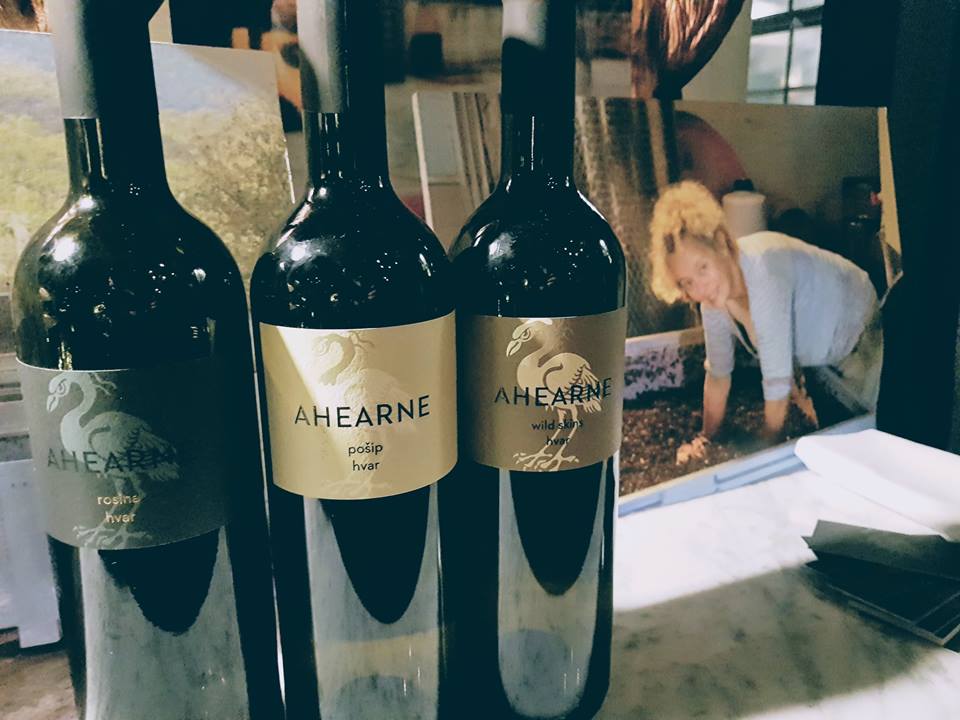
The hilltop village of Vrisnik derives its name from heather, but its modern-day claims to fame are also linked to wine and olive oil. For it was from Vrisnik that the most expensive olive oil in the world comes from, a staggering £3,750 a litre at Harrod’s of London, while Vrisnik’s wine claim to fame also has a Harrod’s connection. Jo Ahearne MW is a former wine buyer for Harrod’s, and she recently moved to Vrisnik with her small winery, the first Master of Wine ever to make wine in Croatia. You can book a tasting via her Facebook page, Ahearne Vino.
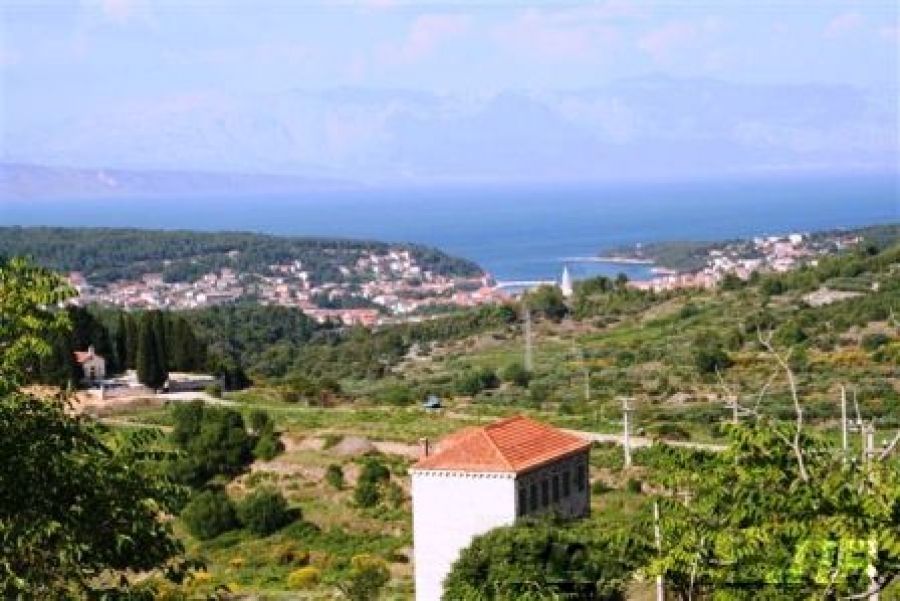
Stari Grad is the oldest town on Hvar, having been founded by the Ancient Greeks back in 384BC, but the oldest village on the island is Pitve, which dates back some 2,000 years. Due to the threat of piracy, villages were often constructed away from the coast, and the importance of Pitve is reflected in the fact that Jelsa was built originally as a harbour for Pitve, while the beaches of Zavala on Hvar’s southern shore are known as Pitovska Plaza (Pitve Beach). The village itself has two aspects, Upper and Lower – both are divine and tranquil havens away from the traffic, and there have been many foreign property buyers over the years, enchanted by its timeless streets, alleys and architecture.
For perhaps the best example of a traditional eco-ethno village in Dalmatia, head to Humac, 6km east of Jelsa. An abandoned shepherd’s village dating back to the 15th century, the village is one of the most charismatic on the island, with delightful stone architecture at every turn. No water or electricity here, which makes cooking a challenge, a challenge that Konoba Humac rises to with aplomb. And if you are fortunate enough to have arranged a meal here in winter with the rain lashing down outside, dinner by candlelight is an outstanding experience. Most come in the summer, however, and the food and ambiance are among the finest on Hvar. The restaurant is also the meeting point for guided tours to the nearby Neolithic Grapceva Cave, the small museum and also – rather unusually – horseriding lessons for disabled children. There is also a fantastic eco-ethno festival each July (see video below).
The further east one goes, the more remote things become, but there are four more central villages of note, Poljica, Zastrazisce, Gdinj and Bogomolje. Very depopulated these days, they were once thriving communities, and Bogomolje was known as one of the main areas for lavender production and even had its own daily ferry connection with the mainland until as recently as 1965. All four villages are pleasant to explore, and all have excellent access to idyllic and largely deserted hidden bays for you to enjoy. Perhaps the most interesting thing to see is the oldest olive tree on the island, which has been officially certified at 2500 years old, which actually makes it one of the ten oldest in the world. It is located near Zastrazisce, and you will not find it on your own – one more reason to stop by the olive mill of Rubin in the village – where one can find excellent honey and olive oil. And then stop for a beer at Karmalino, and ask him to show you the only fresh fish farm on a Dalmatian island.
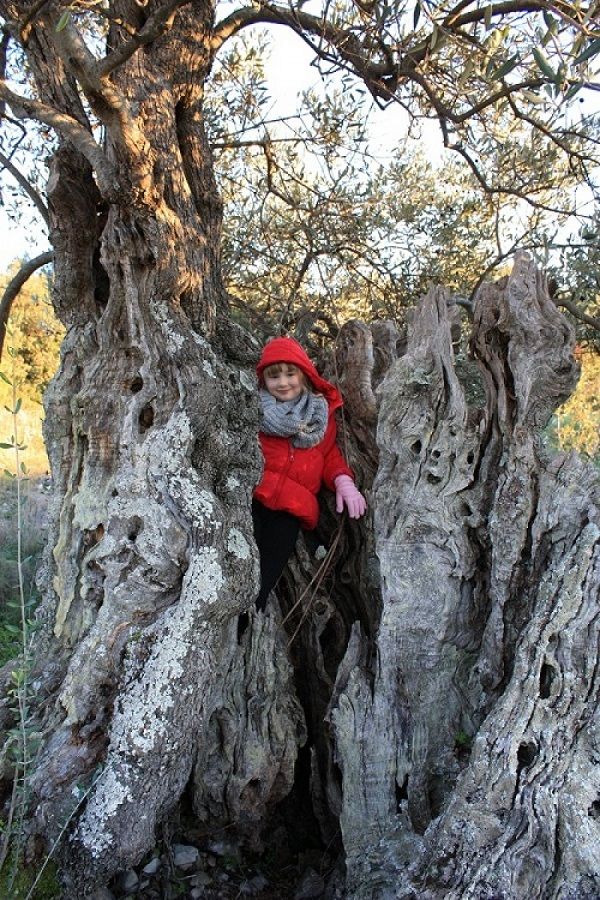
The central inland villages of Dalmatia – magical in so many ways. Just one more reason to vote for Hvar as 2018 European Best Destination. Cast your vote here.

